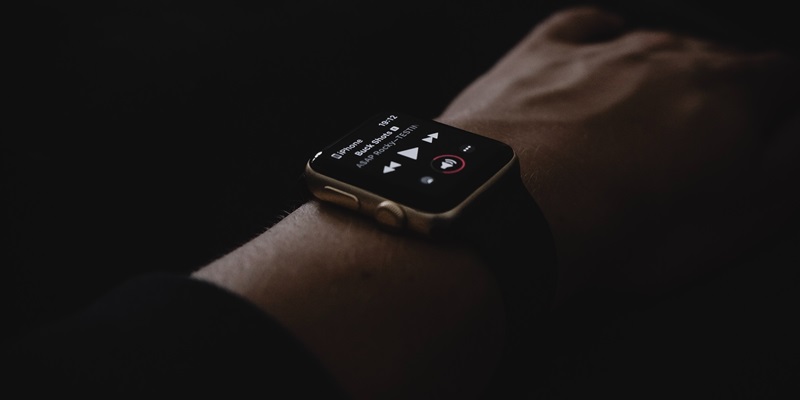The introduction of watchOS 10.2 brought about a significant change to the way Apple Watch users navigate between watch faces. The once simple and efficient swipe feature was removed, much to the dismay of many. Instead, Apple replaced it with a more cumbersome method, leading users to express their frustration online.
The New Method to Change Watch Faces
Gone are the days of effortlessly swiping to switch between watch faces. In watchOS 10.2, users are now required to long-press the Apple Watch display and then select a different watch face by either swiping or rotating the digital crown. Although Apple may have intended this change to improve the user experience, it has unfortunately resulted in a less intuitive navigation process.
User Reactions to the Change
The removal of the swipe feature did not go unnoticed by Apple Watch users. Across various online platforms, users expressed their disappointment and frustration when they discovered the change. Many had grown accustomed to the simplicity and efficiency of swiping, and the new method was seen as an unnecessary complication.
Lack of New Features
Adding to the frustration, Apple did not introduce any new features to compensate for the removal of the swipe feature. This further emphasized the negative impact of the change, as swiping now produces no response or action. It left many users questioning Apple’s decision-making process.
Additional Features Introduced in watchOS 10.2
While the elimination of the swipe feature was disappointing, watchOS 10.2 did bring some positive additions to the Apple Watch. Alongside the new navigation method, users gained the ability to customize watch faces directly on the device itself. An “edit” button makes it easy to personalize the watch face according to individual preferences. Additionally, users can now select entirely new watch faces without relying on their iPhones. Apple has even included a sharing feature, allowing users to proudly showcase their customized designs with others.
Availability of the Swipe Method in watchOS 10.2
Fortunately, for those who adore the simplicity of a quick swipe to change their Apple Watch face, watchOS 10.2 provides a solution. However, it is important to note that the swipe feature is not enabled by default. Users must manually access the Settings and Clock menu to select the swipe method as their preferred way of switching between watch faces.
Apple’s Approach to Offering Multiple Methods
It is commendable that Apple is seemingly responsive to user feedback. By providing both the new method and the old swipe feature, Apple is accommodating varying user preferences. As a user, you have the freedom to choose the method that best suits your needs and navigation style. It’s worth taking the time to weigh the pros and cons of both methods and make an informed decision.
While Apple may have made a misstep with the removal of the swipe feature for changing watch faces, watchOS 10.2 offers a choice between the new method and the familiar swipe. The addition of on-device customization and sharing features enhances the overall experience. However, it remains to be seen whether Apple will listen to its users and potentially reintroduce the swipe as the default method in future updates. In the meantime, Apple Watch users should take the opportunity to evaluate the available options and decide which method they prefer for themselves.

